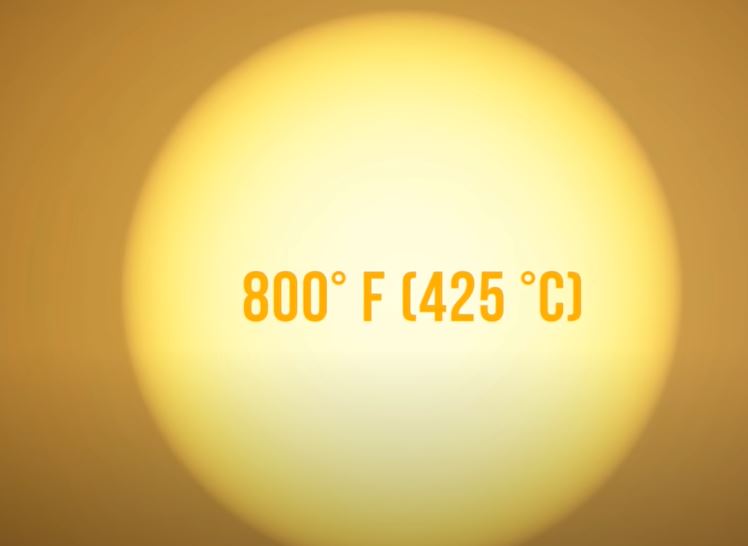
The length of time a human could survive on a planet depends on various factors, including the planet’s atmosphere, temperature, radiation levels, and availability of resources such as food, water, and oxygen. Here are some estimates:
- Mercury: The planet closest to the Sun has extreme temperatures, ranging from -290°F (-180°C) at night to 800°F (430°C) during the day. A human being would not survive more than a few minutes on the planet’s surface without proper protective gear.
- Venus: The planet has a thick atmosphere consisting mostly of carbon dioxide and sulfuric acid. The surface temperature is around 864°F (462°C), which is hot enough to melt lead. A human would not survive more than a few minutes on the planet’s surface without proper protective gear.
- Mars: The red planet has a thin atmosphere consisting mostly of carbon dioxide. The average temperature on the planet is around -80°F (-62°C). A human being could survive on Mars for a limited time with proper protective gear and a sustainable source of food, water, and oxygen.
- Jupiter: The gas giant has no solid surface, only layers of gas and liquid. The planet has extreme radiation levels, strong winds, and a temperature of around -234°F (-145°C) at the cloud tops. A human would not survive on the planet.
- Saturn: Like Jupiter, Saturn is a gas giant with no solid surface. Its temperature is around -288°F (-178°C) at the cloud tops, and it also has high radiation levels. A human would not survive on the planet.
- Uranus: The ice giant has a temperature of around -357°F (-216°C) at the cloud tops. It also has high radiation levels and strong winds. A human would not survive on the planet.
- Neptune: The other ice giant in our solar system has a temperature of around -353°F (-214°C) at the cloud tops. It also has high radiation levels and strong winds. A human would not survive on the planet.
In summary, the only planet in our solar system that a human could potentially survive on is Mars, but only with proper equipment and resources. There may be other planets in other solar systems that are more hospitable to human life, but we have not yet discovered them.